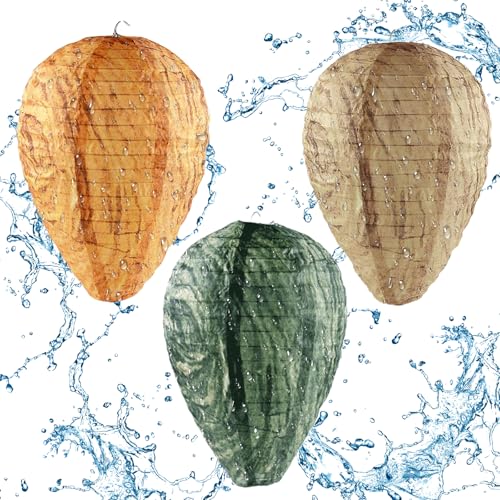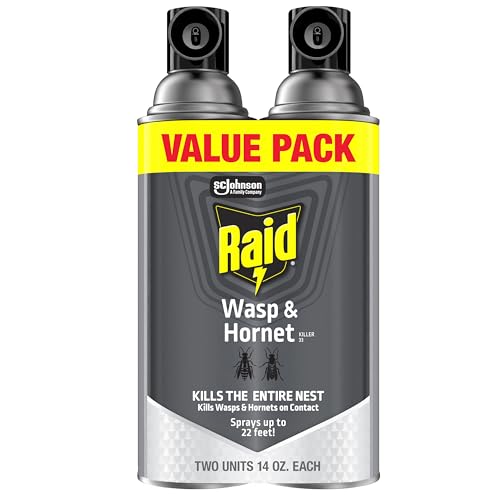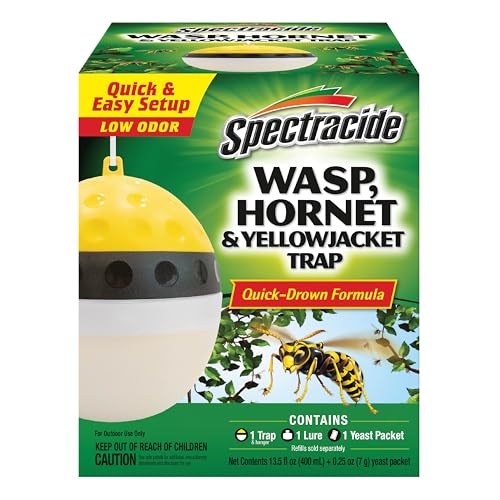Hornet vs. Wasp – how to spot the difference and why it matters for pest control success and your safety
From subtle differences in appearance to the dangers they pose, industry pros reveal all you need to know about these common winged invaders
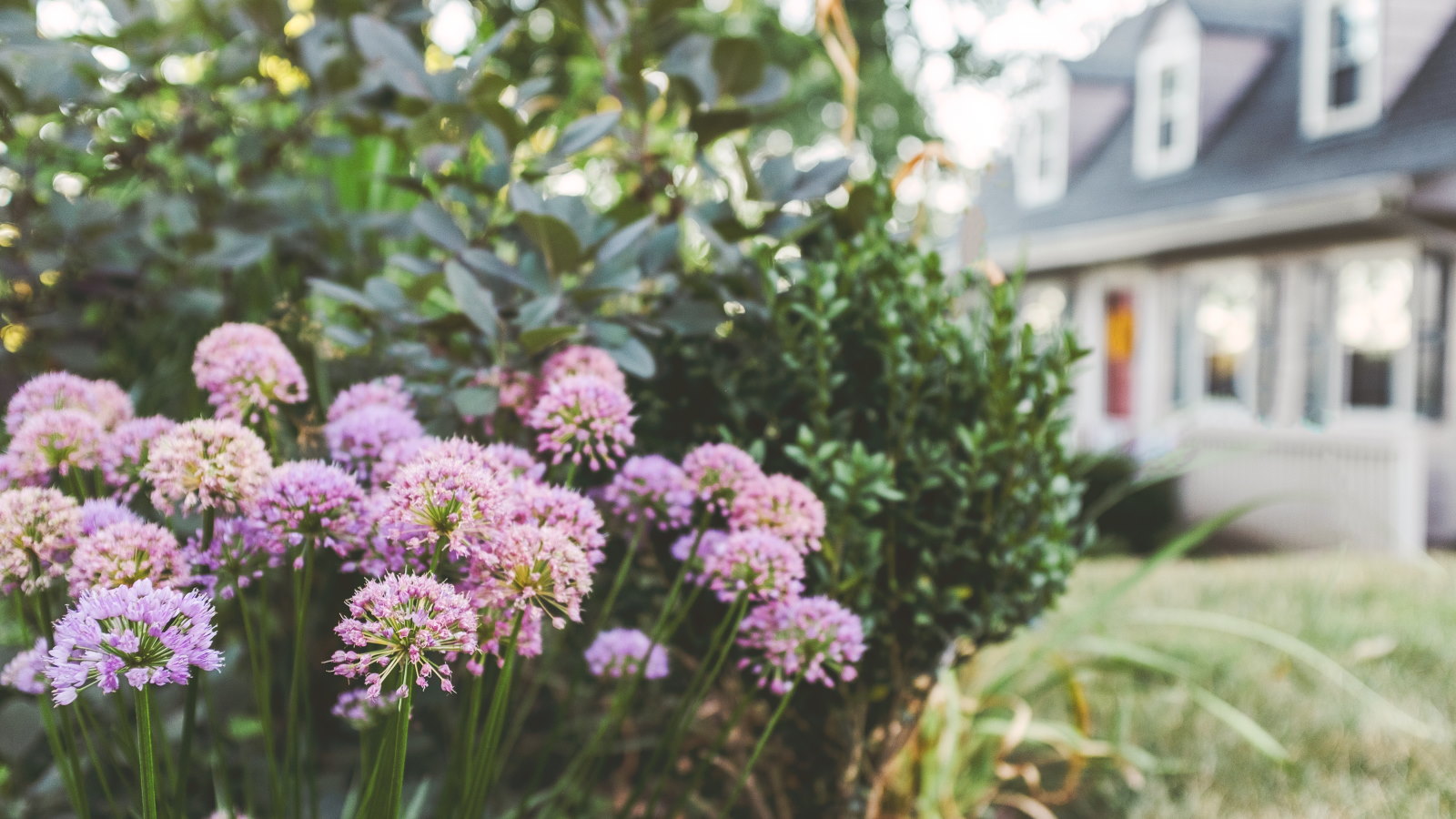

If you had to run it down, do you know the differences for a hornet vs. wasp? As summer approaches and temperatures rise, so does the number of winged visitors buzzing around your yard.
While they may look similar at a glance, hornets and wasps have distinct differences that are worth knowing, especially when a nest appears near your home.
Knowing how to tell hornets and wasps apart can help you stay safe, avoid unnecessary panic, and get cracking on your favorite garden ideas undisturbed.
1. Appearance
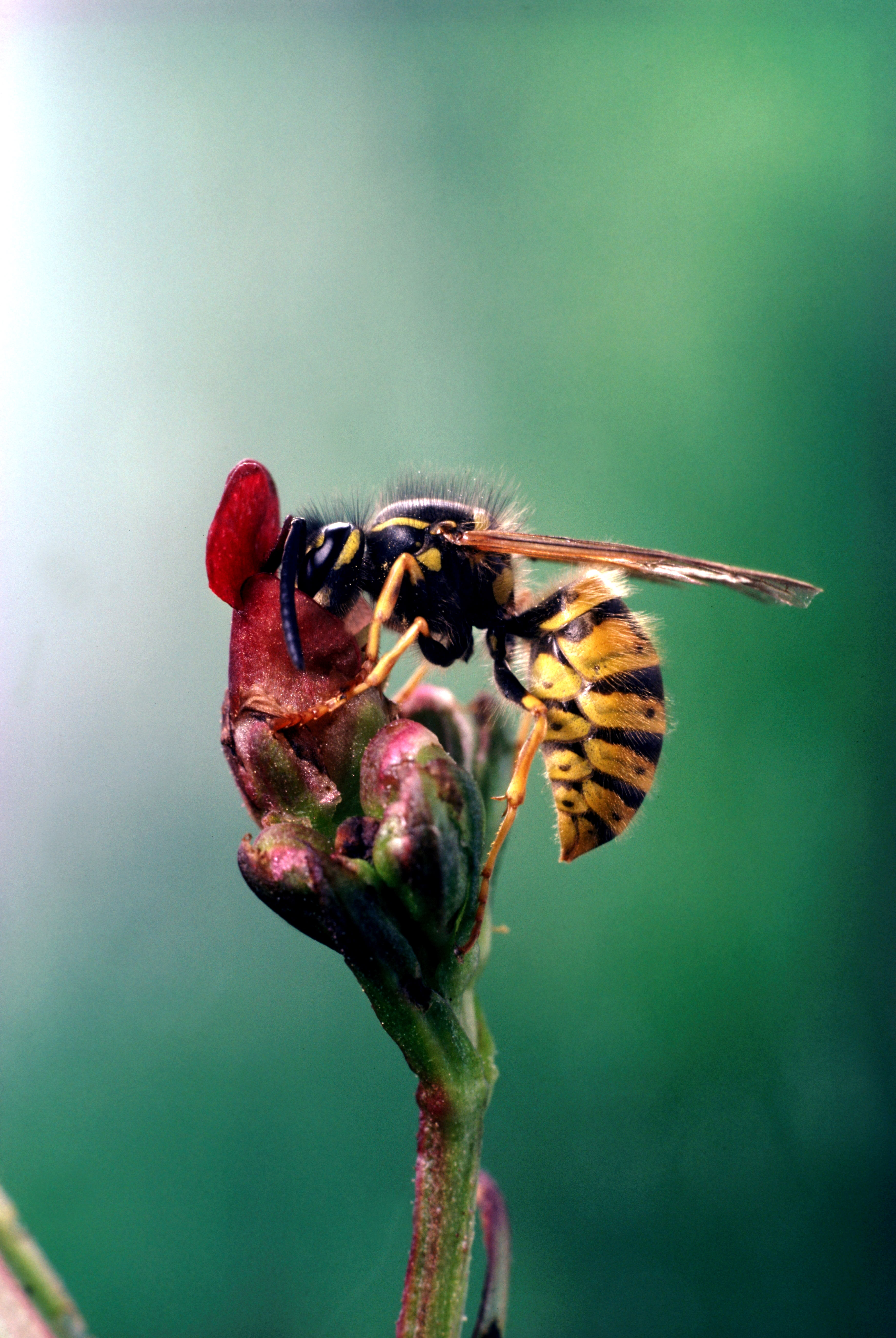
Wasps and hornets have a slightly different appearance. Pictured is a hornet on a flower.
At first glance, hornets and wasps can look similar, but there are telltale signs even a non-expert can spot.
John Target, owner of Target Pest Control, says, 'At a glance, wasps and hornets can look pretty similar – both fly, both sting, and both tend to show up right when you're trying to enjoy your backyard. But there are some pretty easy ways to tell them apart.
'Wasps tend to have a slimmer body with a narrow waist, and are usually bright yellow with black stripes. Think of the classic 'angry bee' look – that's a wasp. Hornets, on the other hand, are larger and thicker bodied. Their color patterns are often black and white or reddish-brown and yellow.'
2. Nesting
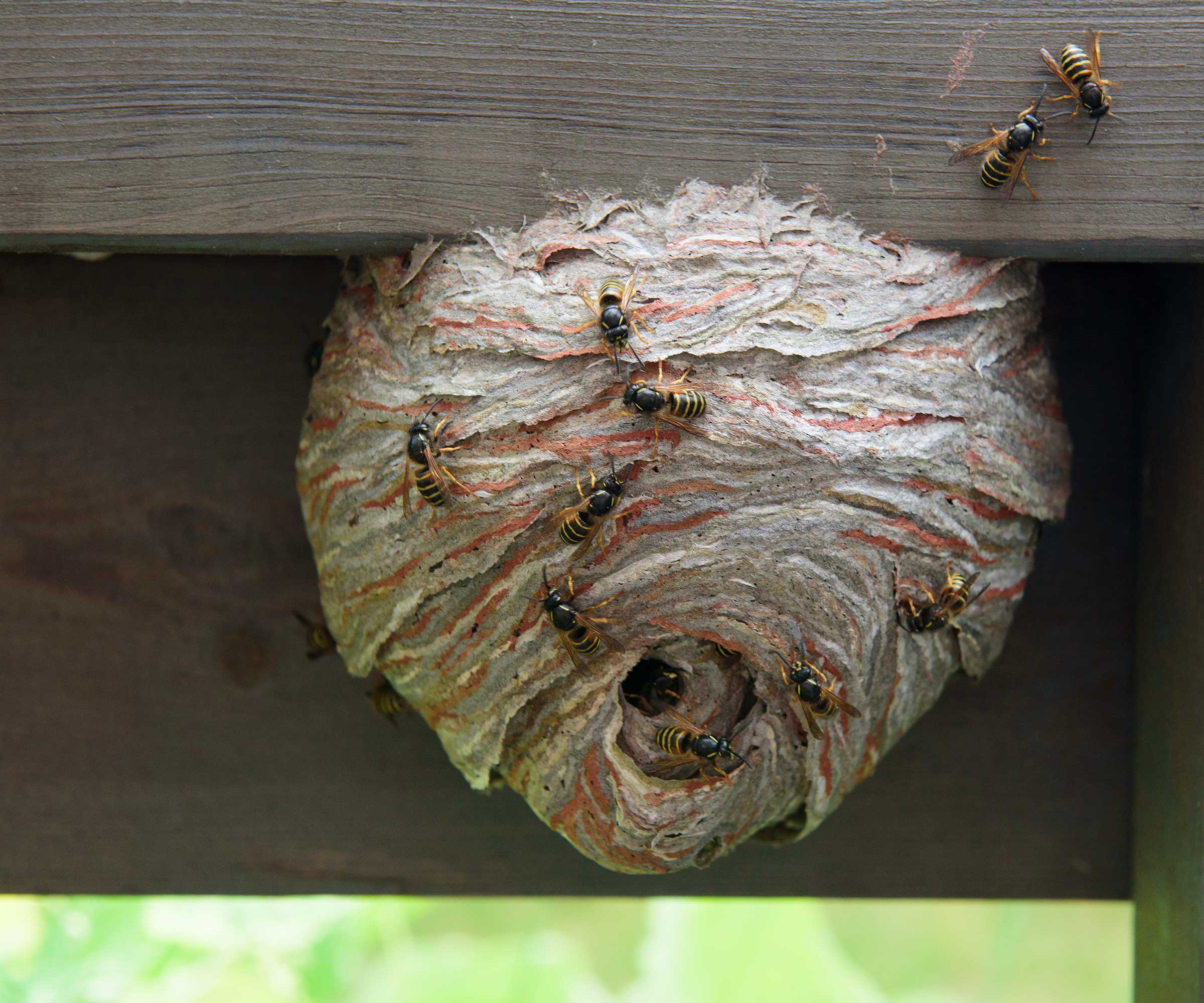
Locating a wasp nest like this might mean it's time to call in the professionals.
Hornets build large, papery nests shaped like teardrops or footballs, often hanging from tree branches, under eaves, or in high, sheltered corners. Wasps, particularly yellow jackets, may nest underground, in wall voids, or roof spaces, making them harder to detect.
Design expertise in your inbox – from inspiring decorating ideas and beautiful celebrity homes to practical gardening advice and shopping round-ups.
Daniel Baldwin, board-certified entomologist at Hawx Pest Control, says, 'Hornets create paper-like nests that can hold between 100 and 700 workers in addition to their queen and her developing eggs. Wasp nests are usually made of thin, tissue-like paper, made into a round or oval shape ,with a hole at the bottom for entry and exit.'
Mateo Kaiser, a master beekeeper and founder of Swarmed, says, 'Hornets build large nests that look like papery structures, typically high in trees or under the eaves of buildings. Wasps, however, often build smaller nests in locations much closer to human activity, like garden sheds, attics, or even inside barbecues. They tend to be more aggressive and protective of their territory, especially if people are nearby.'
Hornet colonies tend to be smaller, often with a few hundred members. Wasps, on the other hand, can form larger colonies in the thousands. Both types of nests can grow rapidly over summer, with wasp nests often expanding more aggressively due to their typically larger colony sizes.
3. Behavior

Hornets and wasps have subtle differences in behavior.
When it comes to behavior, hornets are less aggressive than wasps unless provoked or defending a nest.
Baldwin says, 'Wasps can inflict painful stings and may cause allergic reactions in people and pets. Social wasps also emit a pheromone when they feel threatened, which signals to other wasps in the colony to come running, and ready for a fight.
'Hornets tend to fly and hunt more at night, but can also be seen in daylight, and can be quite aggressive if they feel threatened, stinging you repeatedly. This painful venom can have serious consequences such as an allergic reaction, swelling, and itching.'
In terms of seasonality, wasps are most active in late summer, while hornets build and guard their nests earlier in the season.
4. Feeding habits

Both hornets and wasps may be attracted to food cooked on the barbecue.
Wasps are attracted to sugary foods – you’ll often see them circling picnics, barbecues or trash bins. It's something worth considering when deciding where to place your grill. Hornets, however, prefer protein-rich prey like flies and other insects. Still, both may venture near human food sources when available.
Kaiser says, 'Hornets mostly feed on other insects, making them somewhat beneficial for pest control in gardens and natural environments. Wasps also prey on insects, but they're frequently attracted to sweet foods and sugary drinks, which explains why they often become an issue at outdoor picnics and barbecues.'
5. Breeding
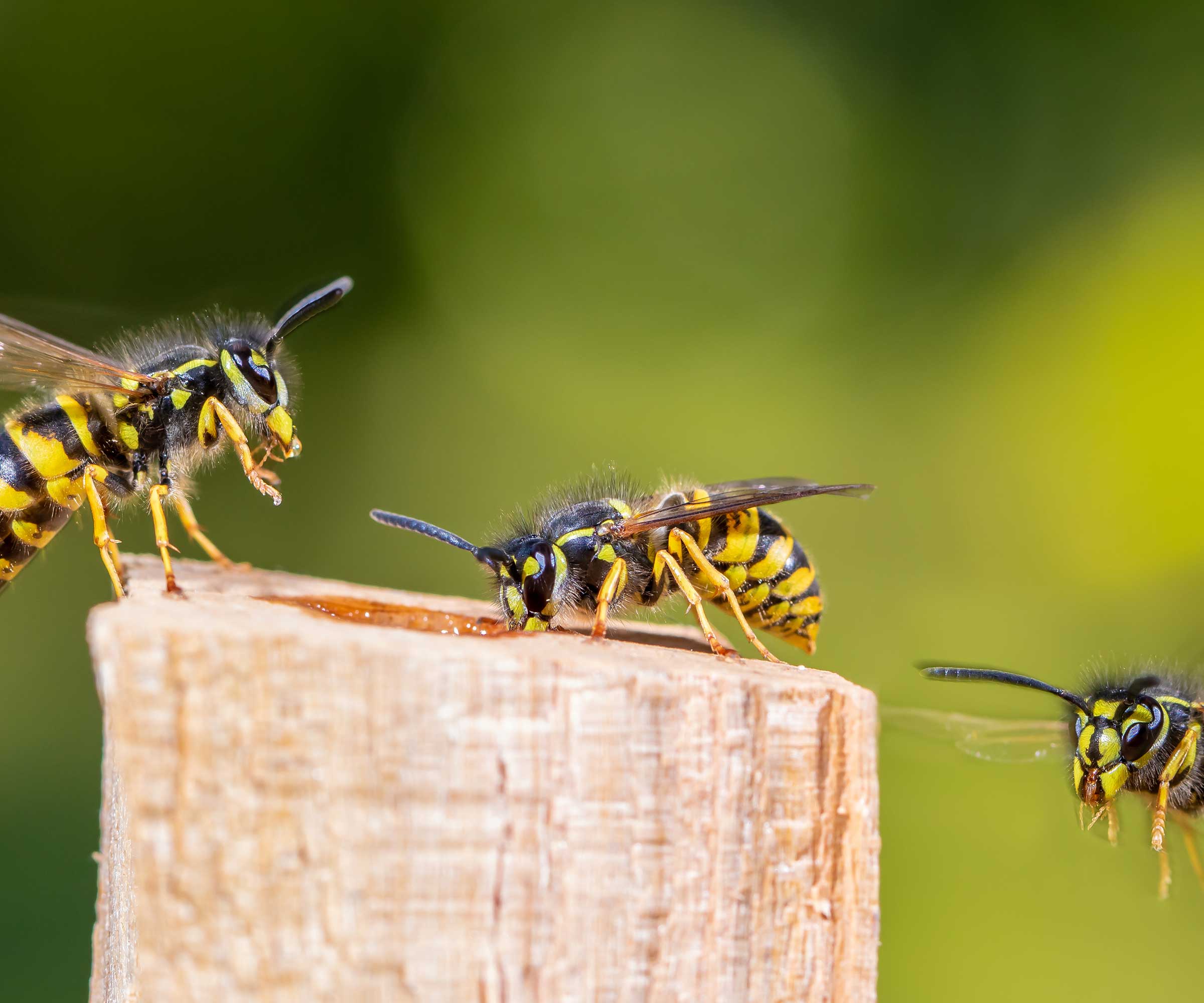
Hornets and wasps have similar breeding habits. Pictured are wasps.
Both hornets and wasps have annual breeding cycles, with only the queens surviving winter. Come spring, a single queen begins the colony, laying eggs that hatch into workers.
Trent Frazer, lead entomologist at Aptive Environmental, says, 'Having spent the winter tucked safely away, the queen wakes up in spring to find a nesting place. Here she lays her first eggs, she works hard to feed the tiny larvae that hatch.
'These larvae grow into worker wasps or hornets, who then take over the job of building the nest bigger and taking care of the queen. After the nest is strong and full of workers, the queen’s only job is to lay eggs until it's time to hide again for winter.'
6. What attracts them

Grilled meats are among the foods that attract wasps and hornets.
Sweet drinks, food scraps, pet food, and standing water are common wasp attractants, while hornets seek out insect prey and wood for building nests.
Brett Bennett, director of operations at PURCOR Pest Solutions, says, 'The biggest things I tend to see attracting both hornets and wasps are open sources of water, and sources of food like meat. You might have noticed these pests like to snack on meat if you're grilling outside in the summer!
'Aside from that, any sheltered and undisturbed area will attract them, which is why I will see them pretty commonly in mostly unused attics. This is why it's so worthwhile doing regular sweeps of lesser-used areas, to catch insects before they can set up home.'
Our guides on how to get rid of hornets in your home, and how to get rid of wasps, have plenty more detail, but effective deterrents include sealing trash cans, cleaning up spills promptly, and using natural deterrents like peppermint oil.
7. Dangers and how to stay safe
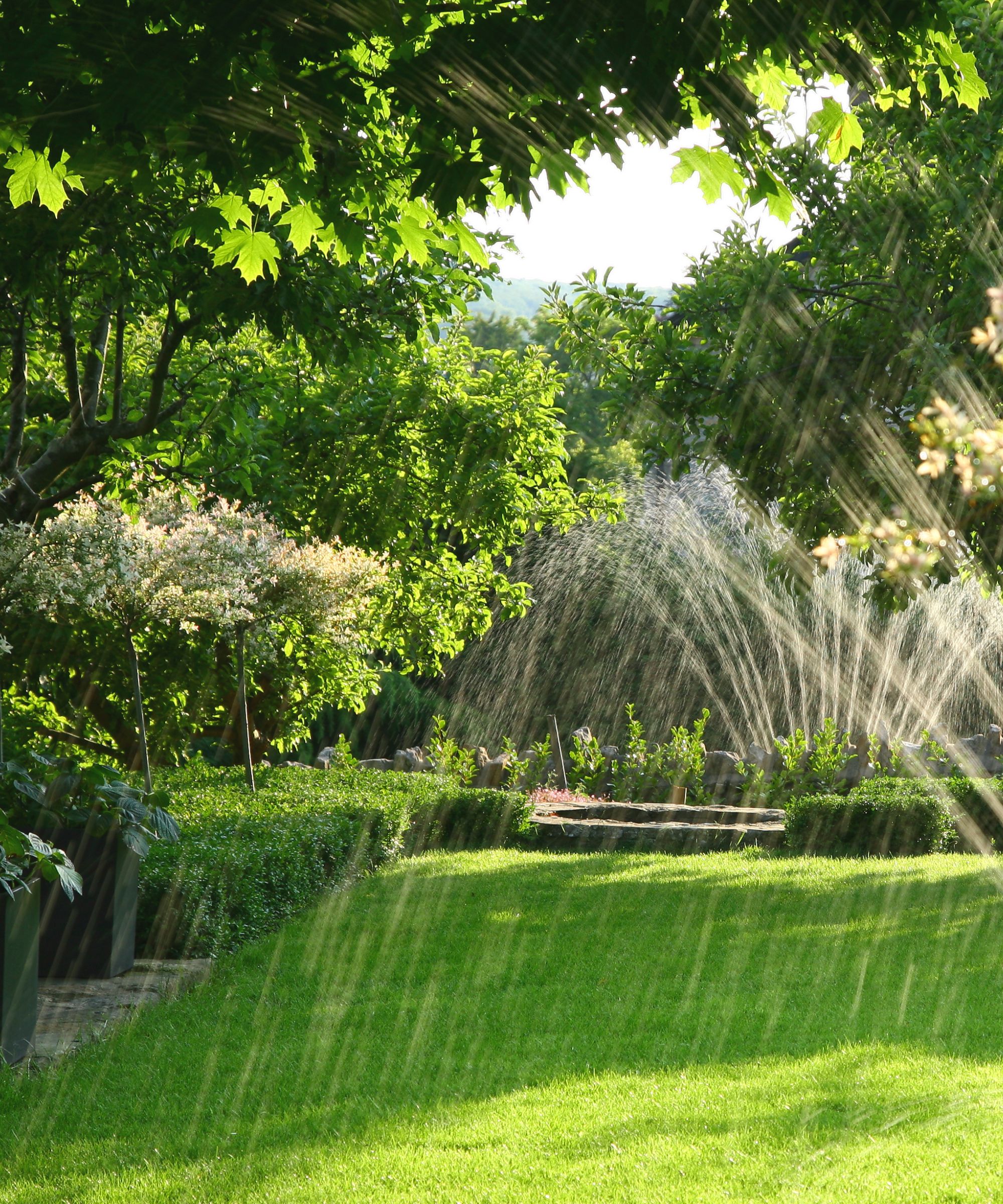
Hornet and wasp stings can be painful, but there are ways to stay safe.
Both hornets and wasps can sting repeatedly, and their stings are painful. However, hornet venom contains acetylcholine, which may cause a more intense sting, while wasps are more likely to sting in numbers. Those with allergies to stings should take extreme caution around either insect.
Frazer says, 'Although wasp stings are painful, most people recover easily and quickly. They are only dangerous if you’re severely allergic. If you are not allergic, you will simply experience a raised welt around the sting area with a white dot in the middle where their stinger came into contact with your skin. The pain and swelling will typically go away within a few hours of the sting.
'When threatened, hornets are known for their aggressive defense mechanisms. Unlike bees, hornets can sting repeatedly, injecting venom that can cause intense pain and, in some cases, trigger allergic reactions.
'Hornet stings can be particularly dangerous, especially for individuals allergic to insect venom. Anaphylactic reactions can occur rapidly and may lead to severe health consequences or even fatalities.'
Target adds, 'To stay safe, cover sweet food and drinks, keep garbage tightly sealed, and avoid both bright clothing and strong perfume. But my main advice would be not to mess with nests. I've seen too many DIY jobs go sideways and it's just not worth the risk. Call in the professionals as soon as you can – the earlier a nest is dealt with, the easier and safer the removal.'
Meet the experts

With more than 18 years of hands-on experience in pest management, John Target is the owner and lead technician at Target Pest Control, bringing expert knowledge of insect behaviour and long-term prevention techniques.

With more than two decades' experience in pest prevention, Daniel Baldwin is both the board-certified entomologist and the vice president of technical and training services at Hawx Pest Control, helping homeowners protect their homes.
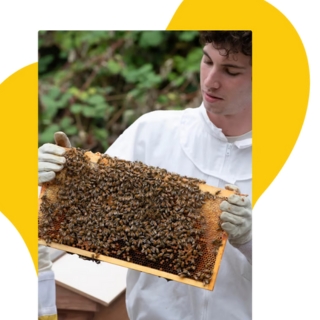
Holding a master beekeeper certification from the University of California, Mateo Kaiser is the founder and managing director of Swarmed, which cleverly integrates AI technology to manage insect pest reports globally.

With over 20 years' industry experience and a masters of entomology and nematology, Trent Frazer is Aptive’s lead entomologist and senior director of quality assurance, helping their experts create the most effective pest solutions.
So there you have it – hornet vs wasp, the key differences, and why it matters. Knowing whether you’re dealing with a hornet or a wasp can help you better understand the risk, know when to act, and choose the safest response.
For another way to keep wasps and hornets away, learn about the best wasp repellent plants.

With more than a decade of experience writing news, lifestyle, consumer, and human interest articles for a wide range of national and international publications, Andy is a highly-qualified journalist writing features for the national press. From front porch to backyard, attic to basement, Andy has written about every area of the home. He specialises in bringing together the best industry expertise to answer all of your most pressing home and garden questions about seasonal and everyday cleaning, decluttering, organizing and DIY.
